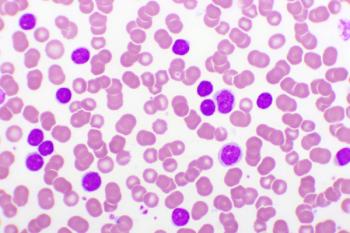
Racial Disparities Prevalent in Survival of Patients With Ovarian, Colon, and Breast Cancer
Findings from 3 analyses published in CANCER highlight racial disparities in the survival of patients with ovarian, colon, and breast cancer from 2001-2003 and 2004-2009.
Findings from 3 analyses shine a spotlight on racial disparities in the survival of patients with ovarian, colon, and breast cancer.
All 3 types of cancer pose a heavy burden to populations worldwide. Ovarian cancer is the eighth most commonly diagnosed and fifth leading cause of cancer death in the US; colon cancer is the third most common cancer diagnosed in men and the second most in women; and breast cancer is the second most common cancer and the fifth leading cause of cancer deaths among females.
“An evaluation of population-based survival trends can help to inform cancer-control efforts by identifying opportunities for improvement in early detection, diagnosis, and treatment,” wrote the authors.
The authors of the analyses, published in CANCER, compiled information from the second CONCORD study, which reported survival for patients who had cancer diagnosed between 1995 and 2009 in 67 countries. The 37 NPCR/SEER state-wide cancer registries that participated in the study covered approximately 80% of the US population.
Patients were grouped by year of diagnosis into 2 calendar periods (2001-2003 and 2004-2009) to reflect changes in methods used by cancer registries to collect data on stage at diagnosis. The authors analyzed survival rates by state, race, and calendar year of diagnosis.
Of the 172,849
For all races combined, stage-specific survival improved between calendar periods. However, black women had a lower survival rate than white women for each stage at diagnosis. From 2001-2003, the 5-year survival rate was 29.6% for black women and 40.1% for white women; from 2004-2009, survival rate was 31.1% for black women and 41.7% for white women.
Of the 278,382 patients diagnosed with
Blacks had slightly lower 1-year, 3-year, and 5-year survival than whites during both calendar year periods, but survival among black increased more than among whites. Survival up to 5 years after diagnosis was lower for black than whites in nearly all of states during both calendar periods.
The
“Black/white inequalities in survival suggest differences in access to care and in tumor morphology between the groups,” concluded the authors.
Newsletter
Stay ahead of policy, cost, and value—subscribe to AJMC for expert insights at the intersection of clinical care and health economics.












































